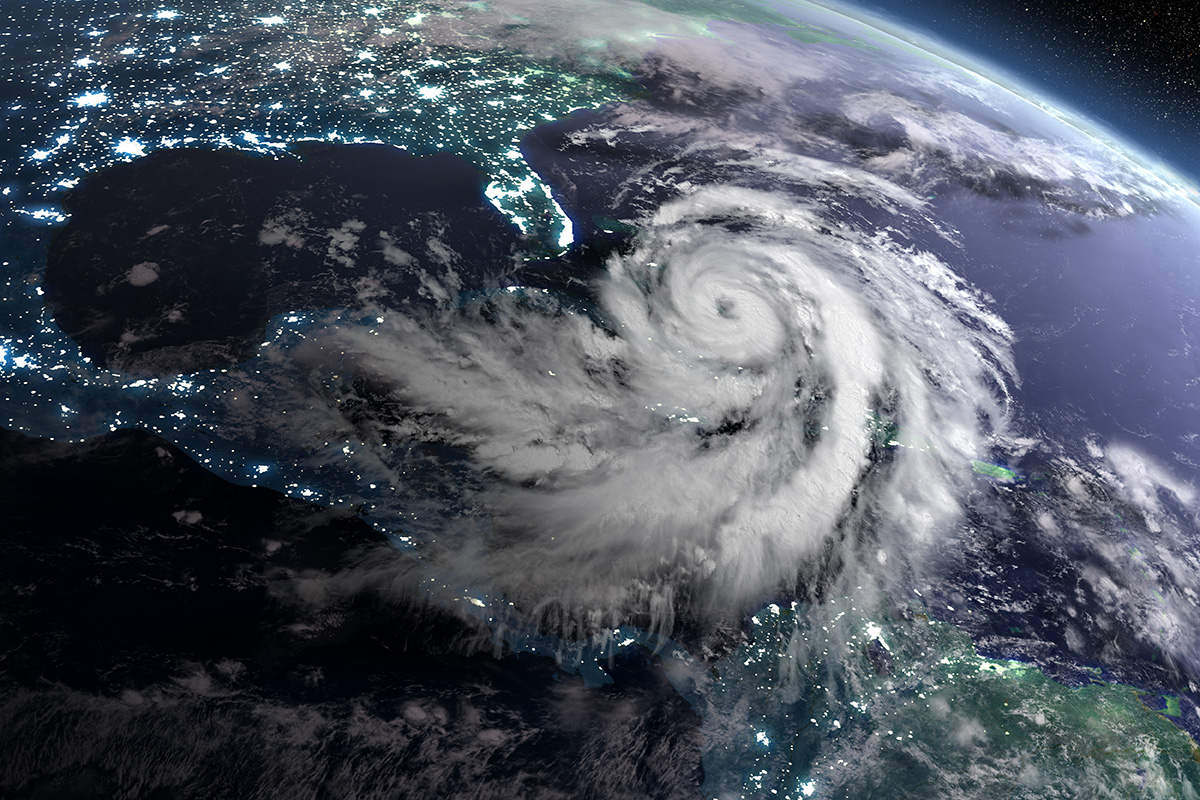
Climate Intelligence
Making Informed Decisions
APL is developing sensors, systems, and models to provide key intelligence on how climate pressures may impact future missions. Our teams are identifying threats, enabling informed planning, and developing early warning systems.
Mission
Quantify Threats
Identify threats and forecast their impacts on military and civilian systems
Support Operational Awareness
Provide intelligence needed to operate in rapidly changing and increasingly extreme environments
Detect Adversarial Activity
Track and observe resource utilization, waste production, and geoengineering activity
Featured Work

AI for Climate Intelligence
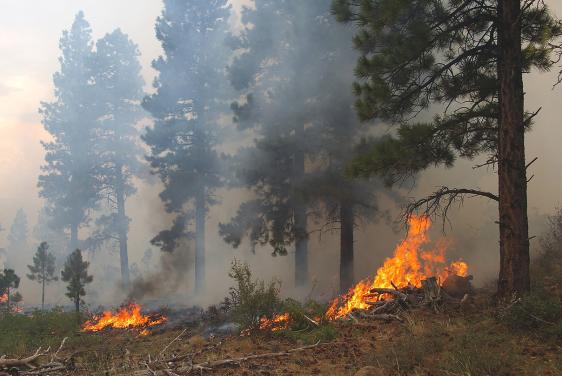
Accelerating Air Quality Forecasts
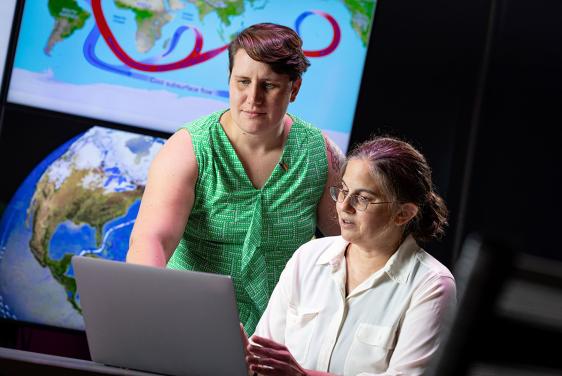
AI for Tipping Point Discovery
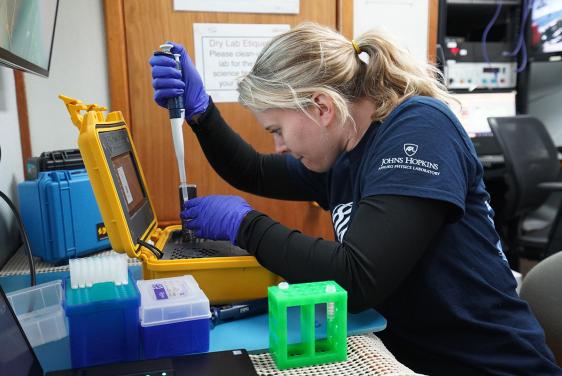
Enlisting eDNA to Understand Ecosystems
Bobby Armiger Principal Engineer, Research and Exploratory DevelopmentWe need continuous, ubiquitous sensing to understand current states and predict future changes of Earth’s systems. The work we are doing in sensing and modeling will provide next-generation data critical to enabling the operations of our future force.

Watch

Game Changers — Climate Intelligence
At the 2023 Research Frontiers Forum, APL assembled diverse thought leaders to discuss Climate Change and National Security: Goals. Gaps. Game Changers.
Meet Our Experts

Elizabeth Reilly Supervisor, Complex Systems Group
Learn more about Elizabeth P. Reilly
Sarah Herman Program Manager, Biological and Chemical Sciences
Learn more about Sarah E. M. HermanFor media inquiries, please contact the APL Public Affairs office.
Impact
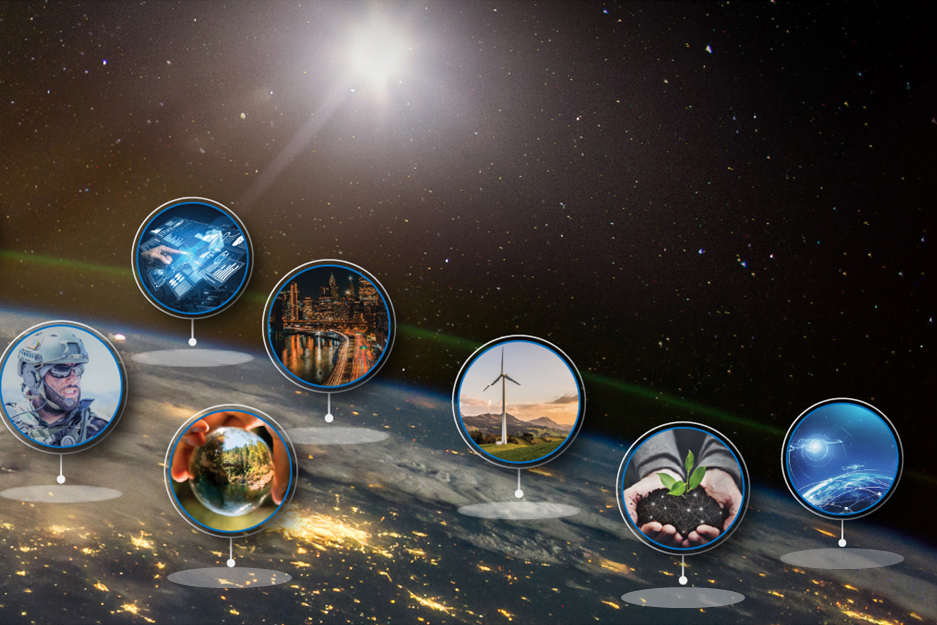
Climate Security
APL is bringing all of its core competencies to bear on this critical challenge area, assembling top experts from a variety of scientific fields and partners to explore strategic opportunities to protect our operations in a changing world.